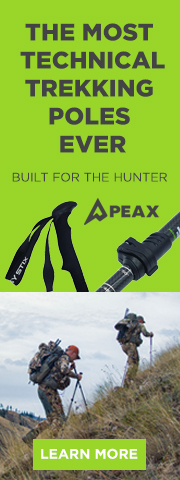cohunter14
Administrator
- Jul 10, 2017
- 5,327
This thread is based off of an answer to one of Dana\'s recent threads regarding newbie mistakes. I feel that figuring out what areas to look for elk can be the most difficult thing to learn for a newbie. But you can take an experienced hunter, put them in any unit in any state that holds elk, and most of them will find a way to be successful. So let\'s hear all of your thoughts and advice on the matter. Here is a scenario for those of you experienced folks: if someone put you into a brand new area this year that you had never hunted before and you had no time to actually get boots on the ground prior to your hunting season (similar to many out of state hunters), what would your strategies be? What would you be looking for on a map or google earth? Where would you hope to spend your time opening morning? Mid afternoon? Evening? How about strategies for following days? Let\'s give newbies a head start on their learning curve!



